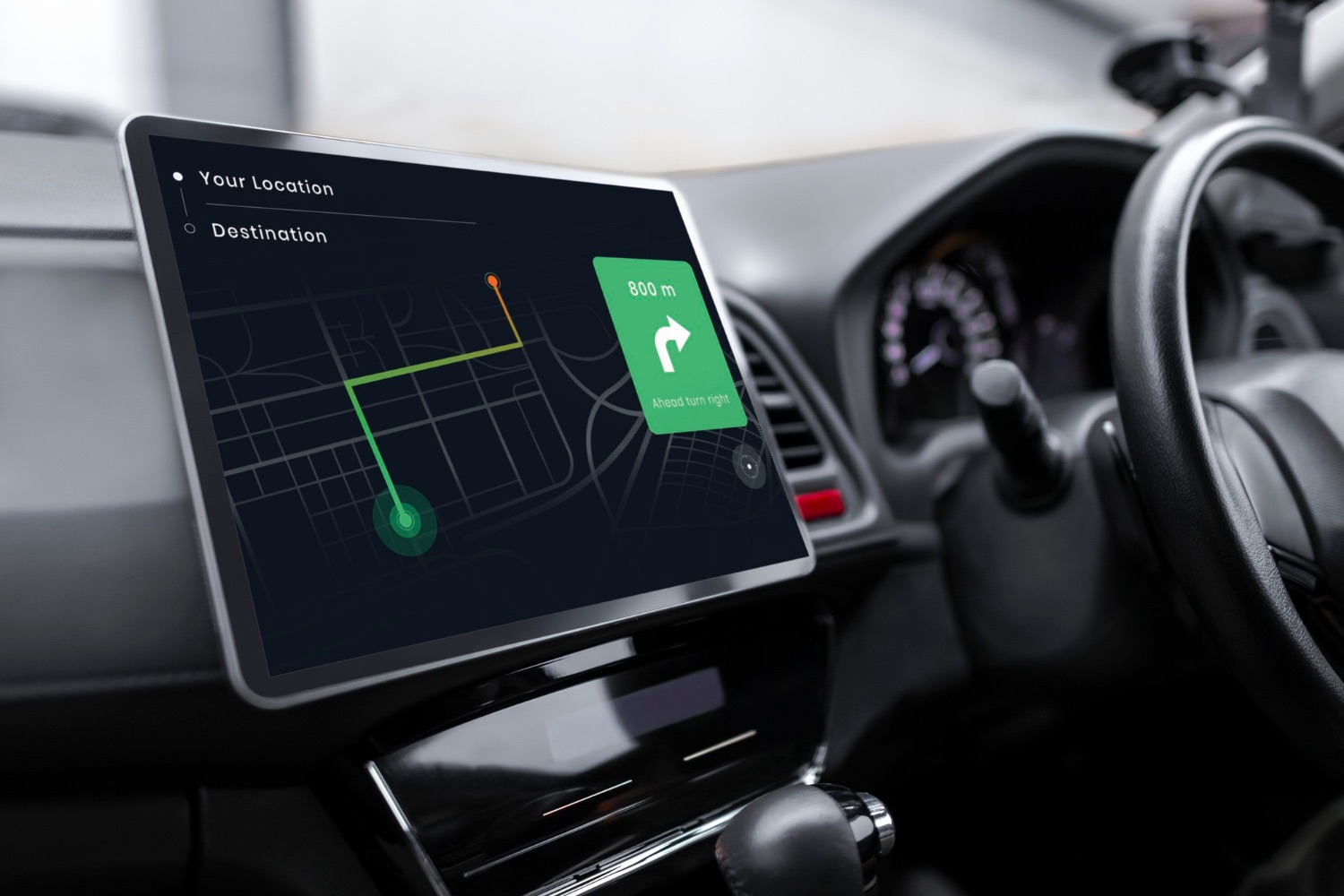
Garmin Gets You Where You Need to Go
Apple Maps got you down? Garmin’s newly updated navigation app fills the void with a jam-packed offering.
It’s the talk of the town: eschewing Google Maps on iOS 6, Apple’s substitute has received boos and hisses for its missteps, mistakes and misnomers. Often described as a blemish on an otherwise solid OS, the result is a hole on a mobile platform used on devices that millions rely on, in part, to help them figure out where they need to go.
GPS heavy hitter Garmin released an update to its iPhone app, however, that offers robust functionality and pinpoint accuracy you’d expect from a giant in a now struggling GPS navigator market. Call it Garmin’s revenge: just as smartphones have replaced GPS devices, one mobile giant’s missteps now gives a prime opportunity for its competitor’s app to strut its stuff — and while it’s expensive, it’s useful enough that some may not want to go back even when Apple gets it navigation act together.
What’s the App?
Garmin’s “Navigon” navigation app, now available for $40 for iOS, has been around for a while, but the company recently released an update that makes it relevant for the Apple mobile device users now suddenly grappling with the lackluster Maps app on the platform. Garmin ported its GPS device features into its app, adapting them to the mobile OS with a clean, simple, utilitarian interface: you pin your current location, input where you need to go, and the app offers a choice of routes to take and directions for each trip.
Directions can be accessed in several formats, including 2-D and 3-D maps and the much-loved Street View. There’s a route planning feature, the ability to have directions spoken to you as you drive or walk, and day and night modes to view maps more easily. Drivers will appreciate the app’s highway lane guidance — no more changing lanes 2-3 at once to get to that exit in time — as well as speed limit and safety camera warnings, premium features often not available in free app equivalents.
Garmin also recently added an “Urban Guidance” add-on that makes the app even more powerful, no matter what terrain users are traveling through. Urban Guidance adds public transit features to the app, helping to calculate routes that take into consideration subways, buses and trams in the area. The add-on is available as an in-app purchase for $3.
You’ll Want It If…
You’re a constant traveler that uses your iPhone for navigation purposes often. Garmin’s app works in a variety of geographical circumstances — in cities, on the highway, in different countries — and is a deft substitute for a standalone GPS device. Users and critics continually laud Garmin for speed, accuracy and reliability, especially vis-a-vis free competitors such as Google Maps and now Apple Maps. With Google Maps no longer available on iOS devices with the platform update and no standalone app to take its place, anyone that travels a lot and demands reliable accuracy in their directions will find Garmin’s app a worthy investment.
It’s Not My Thing — What Else Ya Got?
The biggest hurdle for Garmin’s app is its hefty price tag — even the discounted price of $40 is simply a lot to pay for an app in a market where consumers expect cheap and easy. As such, despite Apple Maps’ current travails, it could have a hard time competing with more casual users that just need to know where to find that new bar or restaurant they read about, for example. Apple Maps’ promise of turn-by-turn instructions — once a premium feature for companies like Garmin — will now be offered free to all users of its OS, and they will certainly balk at paying $40 for something they can get for nothing on their phones.
However, Apple Maps is being lambasted for their lack of accuracy, difficulty in using and generally valuing style over substance. The company will likely work hard to improve a rare misstep in an otherwise solid OS, and improvements will come in the future. However, the gold standard among free navigation offerings, Google Maps, took a lot of time, energy and investment to build — Google has spent years constantly refining a star product whose detail and accuracy many have taken for granted. Fixing Apple Maps won’t likely happen fast, and in the meantime, old stalwarts like Garmin offer a level of precision that Apple can’t yet match.
